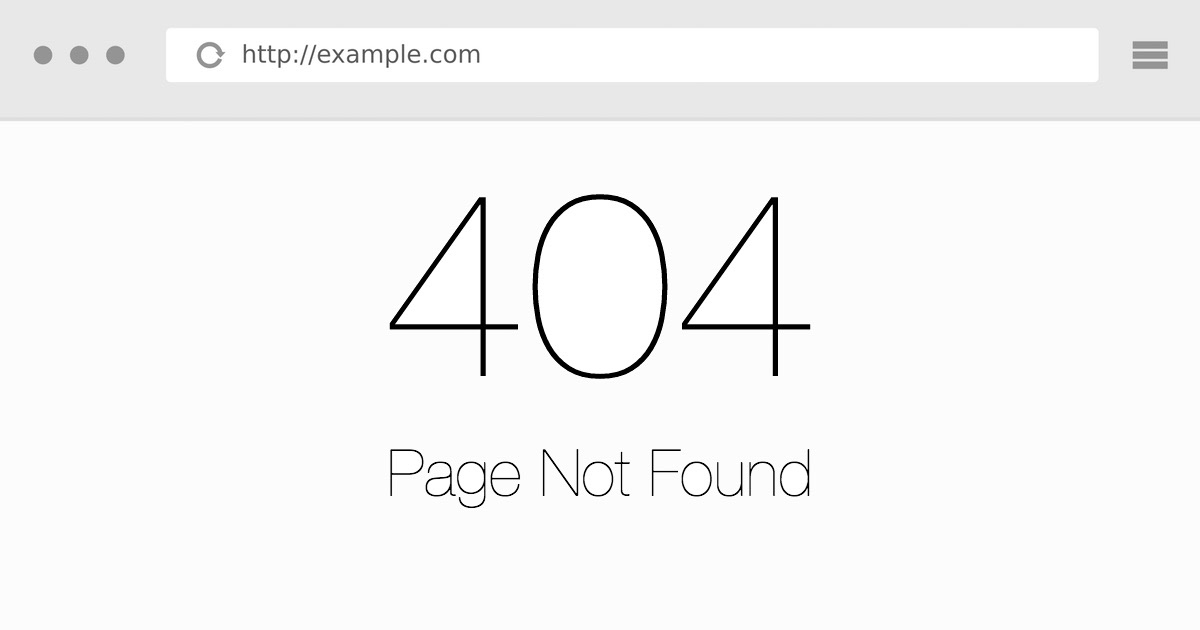Sending your data to our servers, please wait...





Oops... No results found.
Please try a different search phrase.
SEO 11 min read
Five Link Building Strategies You Need to Know in 2021
Written by Ayesha Renyard
Content Writer @ Galactic Fed
Expert reviewed by Dallin Porter
Marketing Director @ Galactic Fed
Published 19 May 2021
Link building—also known as the practice of getting external websites to link to yours—is an age-old tactic to boost SEO. But to be successful and score those backlinks, you need to stay up to date on the latest link-building strategies.
So today, as part of our Link Building Series, we’re holding up a magnifying glass to five proven strategies for your 2021 link building campaign—and we’ve even ranked them from low to higher effort.
How do we know they work? Because our Galactic Fed experts do them for our clients—and get results.
Source: Giphy
It’s time to share the wealth. From quick and easy techniques to those that require a little more attention (don’t worry, they’re worth it), we’ve got you covered.
1. Low effort: Identify opportunities for contextual link placement
Do you see what I did above—when I linked to the Galactic Fed case studies page? I seamlessly integrated it into the sentence using the anchor text “get results.” This is what contextual link placement looks like. But it needs to be from an external source, so let’s talk about how to get them.
Before you start doing search queries, take a look at your content. What can you offer prospects? Is it blog posts? Product pages? We recommend getting to know your content and having a general idea of how it’ll add value to others’ websites.
Once you know what you’re working with, you can start looking for relevant web pages and articles that you want backlinks from.
As you can see below, in one of our latest SEO blog posts on black hat SEO tactics (Long story short, don’t do them!), we link to Google’s documentation on doorway pages by incorporating it in the body text.
Can you spot any other contextual link placement opportunities in this excerpt?
There are many! Any of the listed cloaking techniques could link to additional information. Heck, someone could pitch a stellar resource on cloaking itself. Or maybe Google’s search algorithms.
The point is, the options for contextual link placements are endless—and if you can point them out to prospects, then they’ll likely be receptive.
This brings us to our final point. Make link placement easy for prospects and identify or write the anchor text for them. Trust us—this extra bit of effort is worth it. Contextual links have a higher SEO value than links that appear in the footer or sidebar of a web page.
2. Low effort: Get your links featured on resource pages
While you’re looking for contextual link placement opportunities, keep your eyes peeled for relevant resource pages.
What are they? Curated lists of related links. These pages could be purely informational. (Think about that time you took a deep dive into a fitness blogger’s list of Keto-friendly recipes.) Or they could be supporting a future purchase. (Remember when I got far too invested in the top ergonomic chair brands?)
Either way, consider them one-stop shops for relevant resources and links. Users love them. And if your content can up the value of their page and help bring in more traffic, prospects will hear you out.
According to a 2016 survey conducted by Moz, resource page link building was the second most popular link building tactic around.
Source: Moz
Why is it still a leading tactic in 2021?
It works. It’s scalable. It’s pretty darn easy.
How easy? We’ve broken it down into a simple three-step process.
-
Create high-quality, shareable content that adds value
-
Conduct research to find resource pages in your industry
-
Reach out to prospects via email or fill out a submission form
Want the nitty-gritty details? We break down this process—and provide some tips and tricks—in our latest blog post.
3. Low effort: Find unlinked mentions—and then ask for a link
Unlinked mentions are online mentions (citations) of your brand—or anything related to your brand, such as products or company representatives—that do not link back to your site. They’re pretty commonplace on the internet. For example, think of all the tech articles that mention Apple or Apple products without linking to its site. (It happens a lot more than you realize.)
If you can find these unlinked mentions for your brand, you’re already halfway there to earning a link. Because if you’re worth a mention, your website is probably worth linking to as well.
Of course, there are several ways to uncover these unlinked mentions. But let’s talk about some tools that can help you do it faster.
To get started, we recommend using Ahrefs’ Content Explorer. This tool allows you to find mentions of anything on the web.
Search up your brand name, products, or company representatives in the search bar and see the results roll in.
If you run into the issue of too many mentions (rough life), pursue the ones that come from high-quality, relevant pages! You can discover these by adding some filters to your search, like only showing pages with higher domain rating (DR). Or you can add an organic traffic filter to get rid of pages with low traffic.
Source: Ahrefs
Now, remember, not all of these are unlinked mentions. You’ll need to export the results and run them through a tool like Screaming Frog SEO Spider, Scrapebox’s Free Link Checker Tool, or Buzzstream. For guidance on this process, click the image below and watch this video:
Source: Ahrefs
4. Higher effort: Create bigger, better content
Bigger and better content than what they’re already linking to? How can your prospects say no to that?
You may be wondering, though, what is bigger and better content? You’re right— it’s subjective. So here are two ways to refine this recommendation into something tangible link building strategy.
1. Broken link building
In a nutshell, this tactic involves finding a broken (i.e., dead) link, recreating the content, and then telling those linking to the dead resource to link to your new content instead.
Why does it work? Nobody wants dead links on their website. They create a poor user experience, which negatively impacts search rankings. You’ve likely come across them many times yourself as “404 Page Not Found” error messages. (And how annoying are they?)

Source: Algorithmia
If you’re using Ahrefs’ platform, here’s a helpful resource on how to identify these broken links.
Perhaps you already have content to replace some of them, but chances are you’ll have to create fresh content too. Though it takes time and effort, this tactic is highly scalable. Using tools like Ahrefs Site Explorer, you could uncover many other pages connected to this dead link who would gladly link to yours instead.
2. Use the skyscraper technique
Another way to create great content is through the skyscraper technique. Brian Dean of Backlinko summarizes the process in three points:
-
Find a high-performing, relevant piece of content with a lot of backlinks
-
Create something better
-
Ask those linking to the original piece to link to your superior content instead
Source: Exit Bee
If you think we’re telling you to “one-up” your competition, you’re right. Here are a few ideas to get the creative wheels turning:
-
If their content is old, focus on weaving new, fresh perspectives into your content.
-
As you probably know, long-form pieces (1000-2000 words) rank better than short ones. Increasing your word count may be a way to outperform their existing content.
-
Add more information. If it’s a blog post offering five home remedies for making your teeth whiter, then create something that offers six!
To make something bigger and better takes time and requires effort. But if you’re the best of the best, you’ll score those high-quality backlinks.
5. Higher effort: Be a guest contributor
If blog writing is your jam, you may want to consider reaching out to prospects and offer to write a guest piece for them. This tactic can help your link building campaigns in two ways.
First, as the author, you score a backlink! That’s the immediate effect of your efforts.
But it also creates exposure. If you contribute something unique, you’ll get noticed by a highly relevant audience who will likely check out your own website. And if you’ve got more top-quality content, the traffic—and eventually backlinks—will pour in!
It could end up being a foot in the door to the best shoe store in town.
Source: SEOCZAR
Here’s how we recommend you do it:
-
Be selective with who you reach out to: Because this takes time and effort, make sure you’re pitching to a relevant website with high domain authority and lots of followers.
-
Pitch content that they can’t ignore: Do some research and make sure the title you’re pitching is of interest to them and their readership. Like the skyscraper technique, find an angle that differentiates yours from the rest.
-
Talk to a person: Identify who runs the blog and reach out to them personally. Sending a generic email could get lost in a sea of many.
Time to press start on your 2021 SEO strategy
Before you dive into your link building campaign and start conducting outreach, we want to remind you of something very important:
The quality of these web pages is just as important to you as your quality is to them.
High-quality backlinks are the key to a successful link building campaign.
If you’d like help securing them, we have experienced SEO experts ready to do some internet sleuthing to find the right backlinks for your business.
All you have to do is reach out!

Ayesha Renyard
Content Writer @ Galactic Fed



